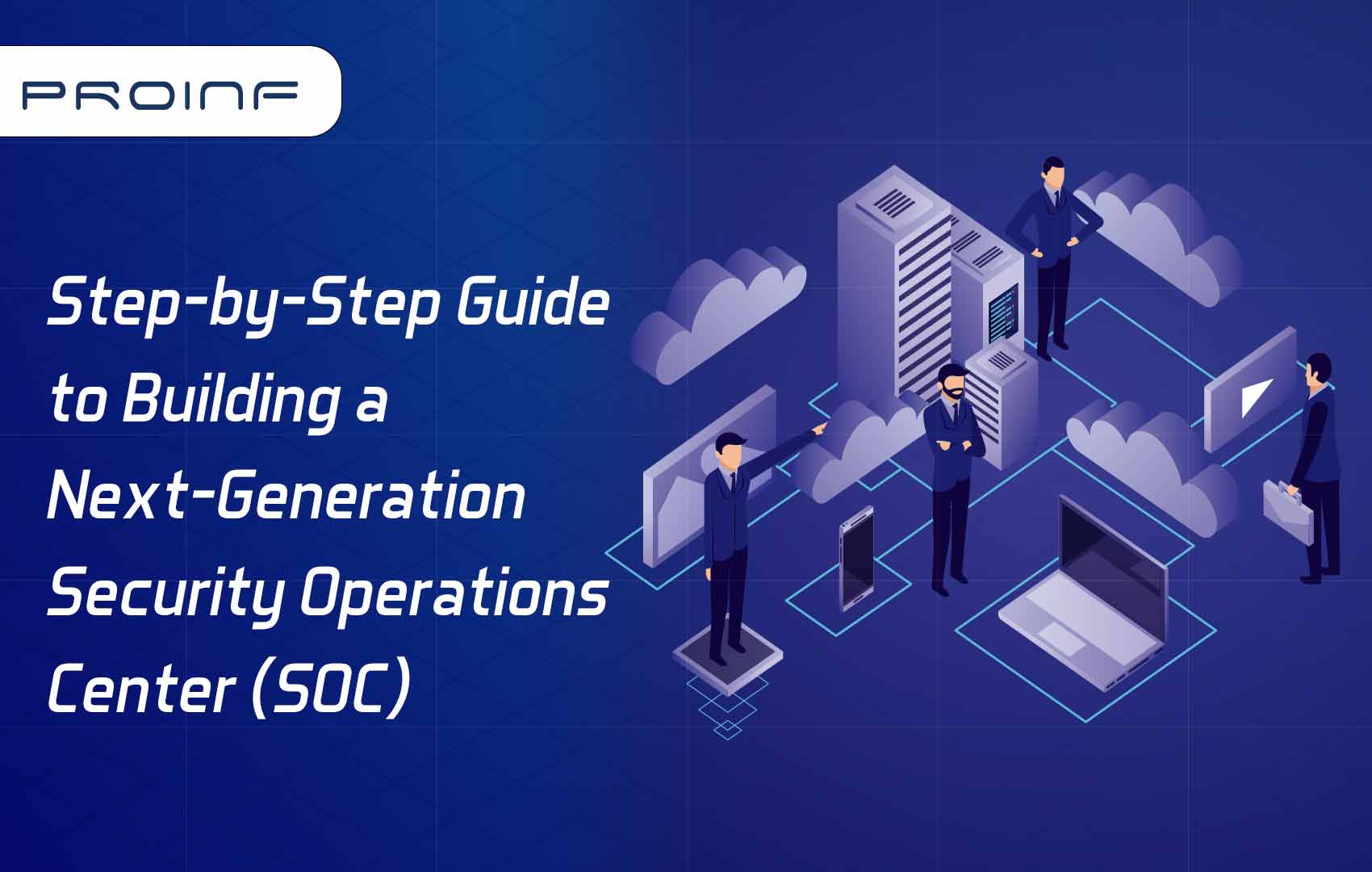How to Choose the Right Service Provider for IT Systems Migrations & Upgrades
IT Systems Migrations and upgrades come in various forms – Platform Migrations (Including any combination of on-premises, cloud, physical, and virtual), upgrades, which include hardware, firmware and Operating system and many more. It is not overstating to say that your choice of service provider impacts your account balance sheet and brand value in the market. From improving latency speeds to leveraging the latest technological developments, migrations and upgrades are a cornerstone for a thriving IT business. Unfortunately, this exercise has unexpected downtimes– like an entire system shutting down. Such a scenario can push the enterprise into a difficult situation given the competitive sphere in which they operate. Therefore, choosing the right service provider is vital to carry out crucial exercises like migration and upgrading.
While many experts focus on the experience and skills of the IT service providers, we ask you to gauge their support, scalability, and other factors. For example, is your IT service provider billing you for products that add no value to your enterprise? Do they have in-depth knowledge of your business domain? One should consider various parameters before jumping on the bandwagon that your peers recommend.
Checklist to consider to choose the right IT Service Provider:
1. Experience:
Experience is an invaluable commodity. Its value increases many times when it comes to making business decisions. Choosing an IT service provider with good experience helps you get work done quickly and professionally. Besides, hiring an experienced team that has seen the evolution of technology can help meet your demands within the timeline and budget. Finally, such an experience is crucial in handling hardware, software, and cloud services.
2. Expertise and Skillset
Existing together are expertise and skillset. The IT service provider you are likely to hire should possess a blend of expertise (technical and managerial) and skillset. For instance, developing a product requires a more stable approach, while extending services is more fluid and has an easy flow. Having the right expertise (in your domain) and skillset helps develop the roadmap and makes migration and upgrades easier. Moreover, the changes brought in by migration and upgrades should be easy to adapt for your workforce. This adaption becomes crucial, especially when your team works on time-sensitive projects.
3. Team strength – in office and remote
This is the critical aspect many enterprises overlook while migrating to the cloud. Any lapse in training the workforce properly for a cloud platform can affect the company. Training should include following security practices, navigation on the cloud platform, new policies discussion, and documentation. Practical training is highly recommended and enables the workforce to use various capabilities and features of the cloud while carrying out daily tasks. Using the proxy teaching methodology can be helpful.
4. Support – In-house or outsourced?
In the IT sector, the real challenge begins after delivering the service. First, check with your IT service provider whether they would offer in-house or third-party support. Knowing this helps draft your payment structure, service timeline, and billing agreement. A clear understanding of how long and to what extent the service agreement will continue is vital in choosing the right IT Service provider. Additionally, ensure that everyone in the support staff can assist in ticket handling, breach detection, remediation, and other aspects per your company's standards.
5. Expenditure
The service provider must be able to pitch a proper roadmap within your budget without compromising quality and features. Understanding technology and its impact on business determine the expenditure. The key to staying within the budget is understanding your needs fully. Having detailed migration and upgrade plans helps you identify what services you need as an enterprise and what additional services (mounting costs) you can avoid.
6. Payment structure
Choosing a proper payment structure can positively impact your cash flows. IT service providers offer pay-per-device, pay-per-user, and monitoring models. If you have a capable IT team, the provider can forward software updates/patches to your IT team to take it forward. On the other hand, if you opt for the pay-per-device structure, it can get expensive, as modern-day offices have numerous computers, servers, and other associate hardware. Ensure you don't pay for services you don't use or require. Having a transparent payment structure avoids any misunderstandings with the service provider.
7. Security
IT service providers hire professionals outside their organization when required. Such an exercise fortifies the need for strict security protocols (both hardware and software). Only choose IT service providers who disclose their security protocols while serving their clients. Security forms the core of the IT ecosystem and securing all endpoints and channels during software update/upgrade is a must to prevent cybersecurity and other threats.
8. Scalability
Identifying the right IT service provider is time- and resource-consuming. Business partnerships run into years and even decades. During this time, the company and its requirements also develop. Therefore, it is practical to choose an IT service provider who can address your current and future goals. In addition, an IT service provider should be able to customize its offerings depending on your dynamic needs.
9. Availability
Is the support team available round the clock? Does the staffing align with your time zone? Though these seem trivial, they form the building blocks of after-sale support. For example, having a support staffing team that works round the clock can support your in-office team during your office hours and your employees working remotely.
10. Communication & Culture
In a service industry, communication is critical. It brings in the business and fosters it. Understanding and agreeing to communication protocols – emails, phone calls, instant messaging, and frequency of updates is vital in establishing trust and a healthy working environment. Similarly, having similar cultures across the tables instils responsibility on both sides. If your company carries a strong, affirmative, and professional outlook, ensure you communicate to the IT service provider to exhibit the same.
Do not forget these!
To acknowledge that the IT migration and upgrades took place as they should, we need to establish KPIs (Key Performance Indicators) beforehand. Your IT service provider should provide you with the KPIs you can use to gauge the service towards the end. In addition, never hesitate to ask for a free trial to test their solutions regarding usability, benefits, and reliability.


